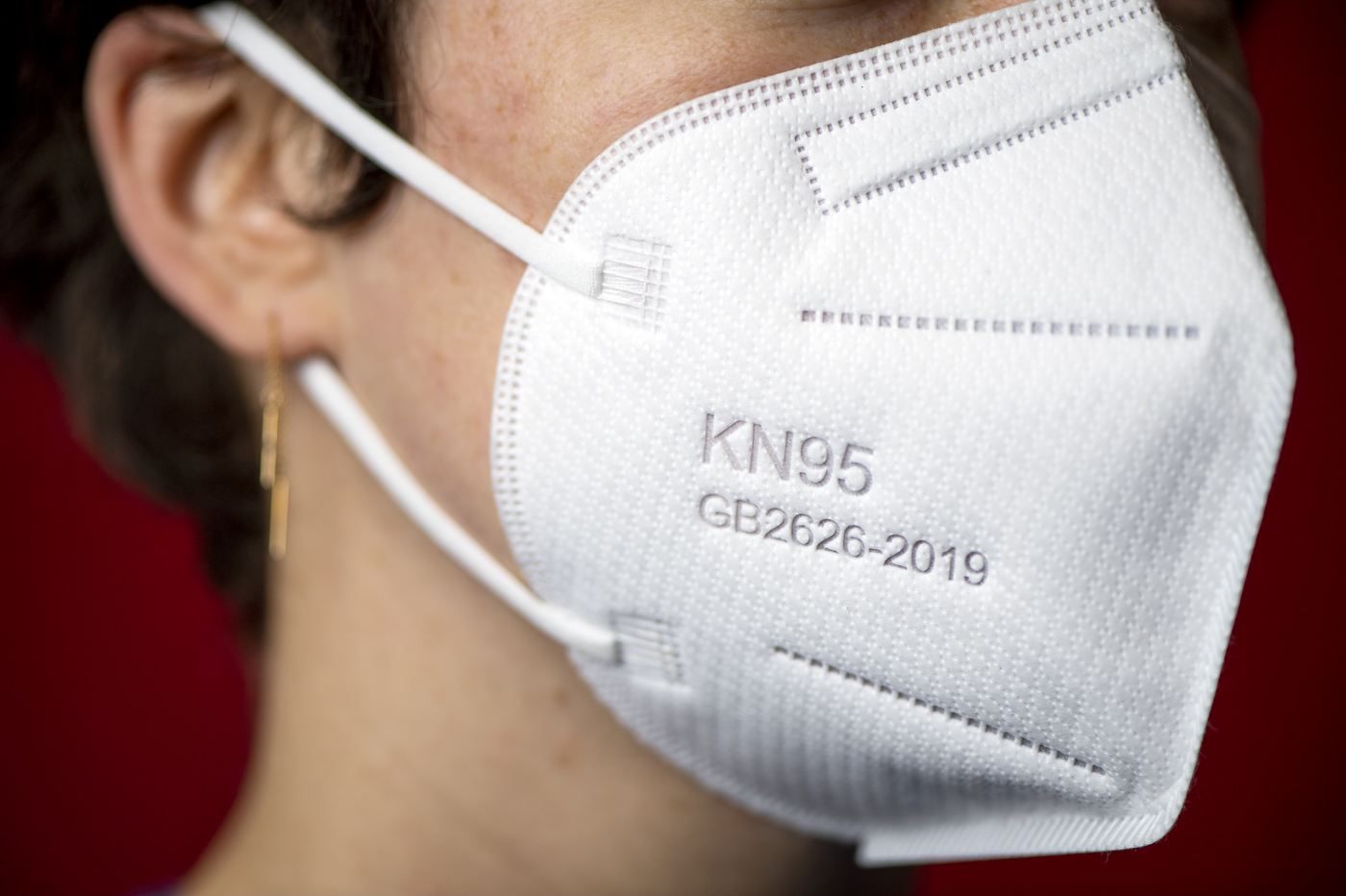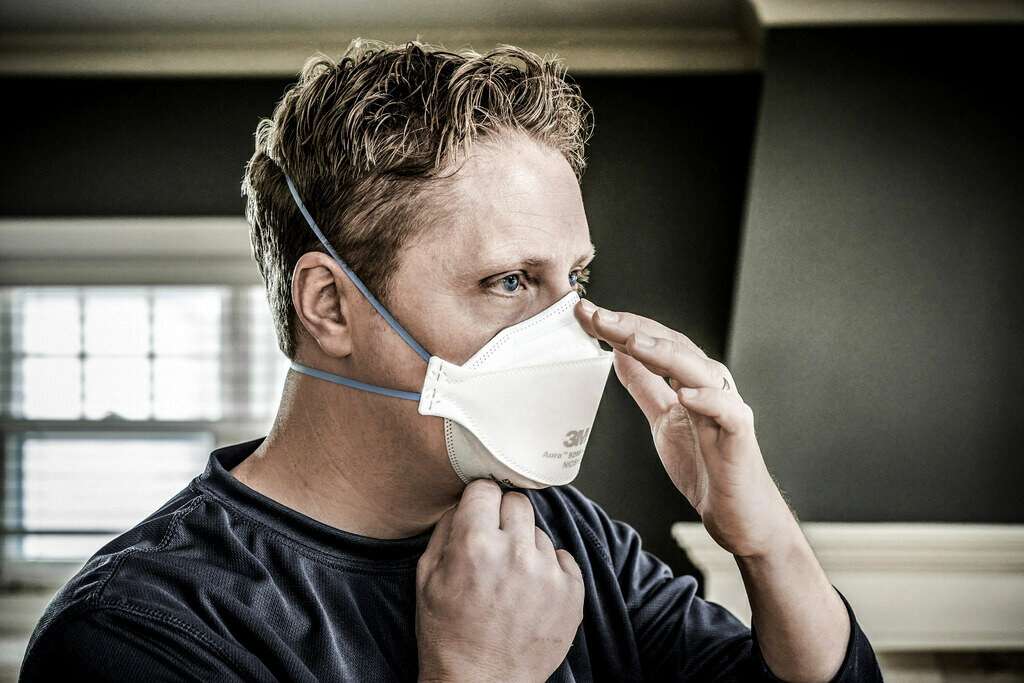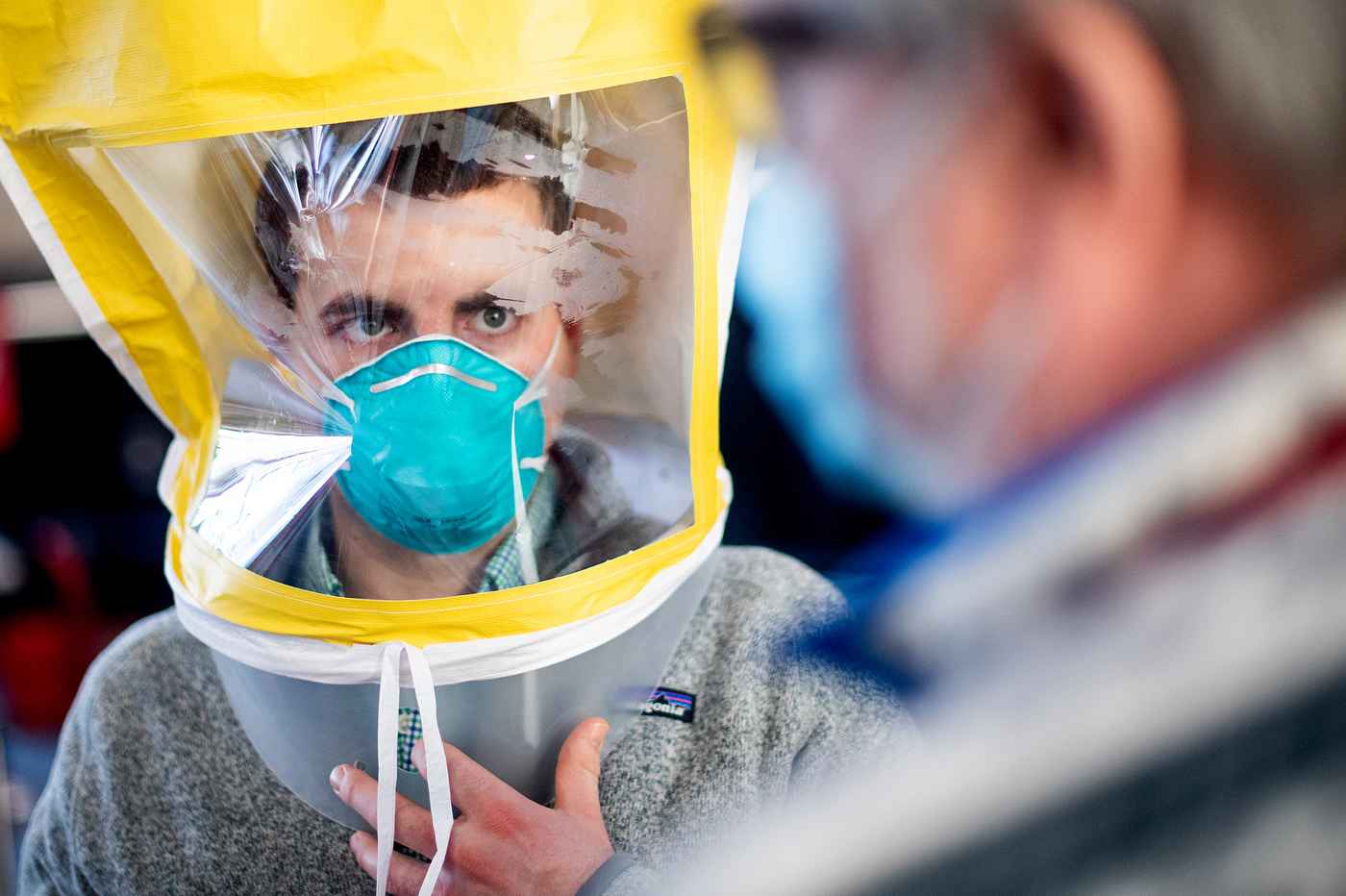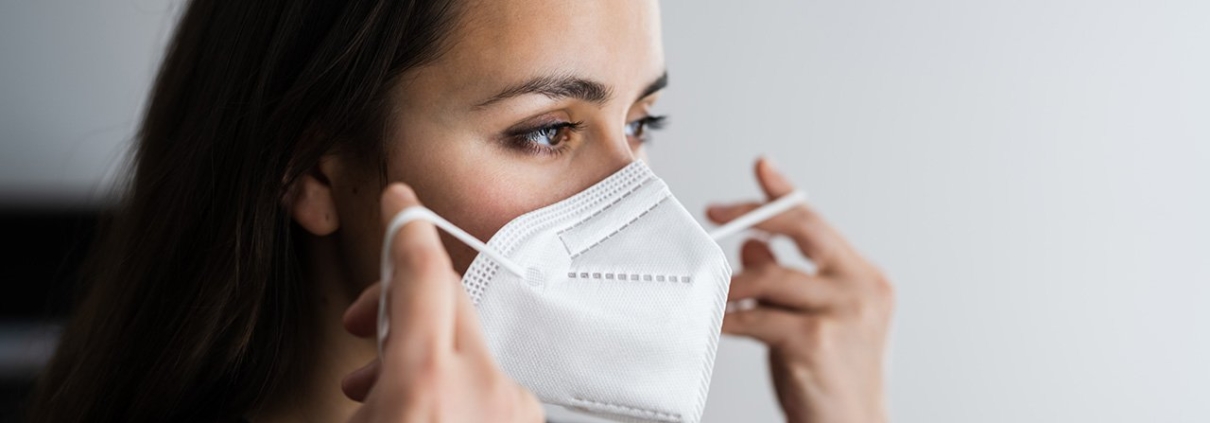How to Use and Store an N95 or KN95 Mask
We have been using masks and respirators as protection against COVID-19 for some time now. With mask mandates ending back in the spring end of this year, some have been re-evaluating to keep using masks since that time. The reality is most masks do provide enhanced protection. With the use of N95 and KN95 masks becoming more common because of Omicron, many people have been wondering how to properly use these masks or respirators, including how to fit them and how to store them. Although these types of masks or respirators are best used with a proper mask fit test or mask fit test certification, such as the one offered here.
What Mask or Respirator Should I Use? Are KN95 Masks a Good Alternative to N95 Masks?
While it is most common to see references to N95 masks, these masks are not the only safe option available to us. The reality is that not everyone will be able to find an “N95 mask”, but there are plenty of other alternatives that provide a similar degree of protection. N95 masks are simply respirators that have been approved by NIOSH (National Institute for Occupational Safety and Health), an American federal agency. N95 masks conform to a North American standard. There are plenty of other countries out there with their own versions of N95 masks, and the KN95 masks (Chinese Standard) you may have seen are another form of effective respiratory protection masks. What is usually most important when wearing a mask or respirator is how it is worn and whether it fits to your face properly.

How to Properly Wear an N95 or KN95 mask?
N95 and KN95 masks or respirators, are best worn with a close fit to a person’s face, so that they can reach their target filtration efficiency of 95%. Typically, the most accurate way to have this happen is to access a mask fit test certification or service that will ensure your mask properly fits to your face. Lacking this, an N95 wearer must not have any facial hair, the mask/respirator is molded to the curves of their face, and that they are not fiddling with or touching the respirator. It goes without saying that masks/respirators should always be worn completely over the nose and mouth and that only one person should ever wear any single mask or respirator.
Can I use N95 or KN95 Mask Multiple Times?
N95 and KN95 masks were not originally supposed to be worn more than once, but the advice has changed during the pandemic for several reasons. One reason for this is the demand for these masks was very high, especially at the beginning of the pandemic. At the time, even healthcare workers were running into difficulty sourcing these masks. Demand increased again with Omicron, as many people realized they wanted a higher degree of protection against the more contagious variant, than they were using in the past. Many people that must go to work five days a week for example, wear their masks or respirators quite frequently. For the employer, this makes for a much more expensive face covering cost, especially if one has a new mask each workday. For many people that use an N95 mask(s) daily, it makes more sense to use their masks on rotation so that they can get multiple uses out of them. It is advised from experts, that people do not use a single N95 mask more than ten times, since these masks cannot be washed like cloth masks.
How to Store Previously Used N95/KN95 masks?
Any N95 or KN95 respirator that is being used more than once should be hung to “air” dry as soon as it is done being used. Any moisture residue makes for an unsafe experience should the respirator be reused, so it is important that it is given time to dry. Used respirators should also be stored somewhere safe for at least 24-48 hours before they are used again. This will ensure that any harmful particulates do not survive. When storing, you can use something like a paper bag, and while holding the respirator by its straps, make sure that it is placed face down, so that the outside of the respirator is sitting on the bottom of the bag. Do not touch the inside of the respirator and do not place multiple masks inside of each other, as if to create a stack. Once the respirator is inside the bag, try not to let the straps touch the inside of the respirator. Respirators that have the capacity to fold closed can do so as well.

How to Perform a Mask Fit Self-test?
When performing a self-test to make sure your mask is fitted to your face as best as possible, start by molding the mask to the curves of your face. Most N95 masks will have a wire above the nose that can be bent to your desired shape. Once the mask is snugly on your face, blow (moth open) into the mask. The respirator’s fit should be improved if you feel air coming out of the mask around the perimeter of the mask against your skin. (i.e. top, bottom, or sides of your mask)
What is a Non-fit N95 mask?
A non-fit N95 mask is a mask that has not been mask fit tested or is not intended to be mask fit tested. These are commonly used by people who wear them not at the workplace, or by people in workplaces where a fit tested mask/respirator is not required. For example, when Ontario teachers were provided with N95 masks, they were non-fit, as it was not required for them to be fit tested while at school. In comparison, many healthcare workers and those working in long-term care require mask fit tested N95 masks to perform their jobs. It is a necessity workplace compliance requirement. If an N95 mask is non-fit, this does not mean this mask is a good safe option for the wearer. Whether or not an N95 mask performs well comes down to how well it is fitted to your face and how it is worn. These are the two main things you can control and all you need is a bit of effort to make it work to ensure a proper facial seal. As another example, surgical masks have 80% filtration efficiency versus N95 and KN95 masks offer 95% air filtration. The efficiency of these masks will drop dramatically if these masks are not worn properly. It is entirely possible that someone wearing a cloth mask over a surgical mask will get greater protection versus someone incorrectly wearing an N95 mask. The most important thing you can do to protect yourself and those around you is to find a qualified mask fit testing organization that provides a mask fit certification to ensure you have a good mask seal to your face.

Where to get a Mask Fit Test Certification?
Many workplaces require their employees to have a mask fit tested mask or respirator. Having a mask or respirator mask fit tested remains the safest way to wear a respirator. In the workplace this requirement is an Occupational Health and Safety (OHSA) regulation! If you would like to have your N95 mask or respirator mask fit tested, you can learn more about our Qualitative Mask Fit Testing at our website.
If your company or employer is interested in top brand N95 masks or respirators, we also carry these items as well.





Leave a Reply
Want to join the discussion?Feel free to contribute!